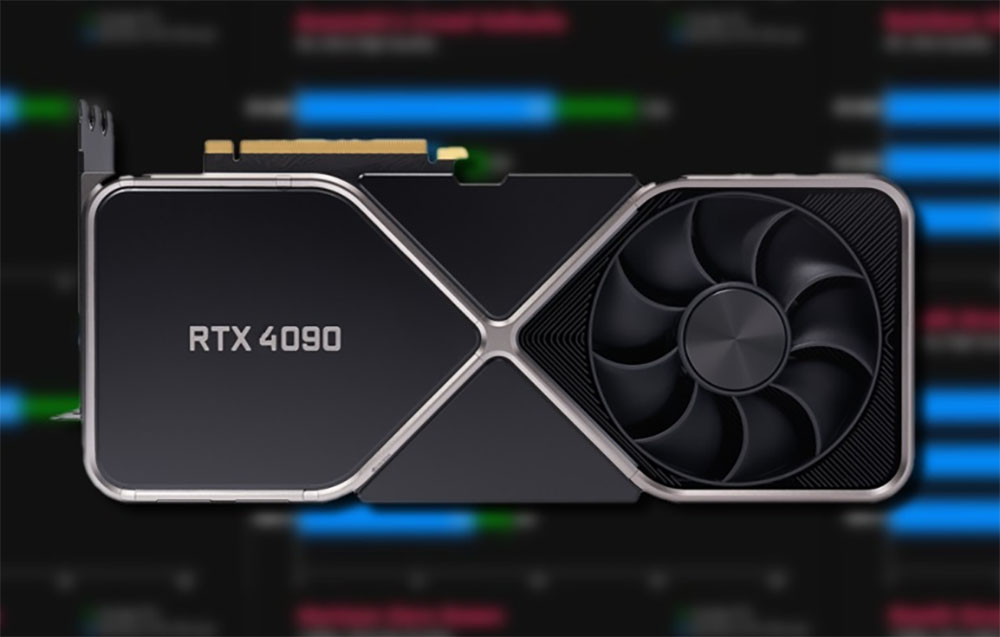Kopite7Kimi has just revealed that NVIDIA’s next-gen AD102 GPU is not going to launch with a PCIe Gen5 interface. Being the most reliable leakster for NVIDIA hardware, this news isn’t one that we can brush under the rug as a rumor. So far this hasn’t been confirmed officially, but if it is true then it clearly means that the GeForce RTX 40 will not cause a holdup for next-gen desktop systems.
Currently, only the Intel Alder Lake series is extending support for the PCI Express 5.0. moreover, NVIDIA is also planning to launch its Ada GPU series as well as AMD which is preparing for the Ryzen 7000 “Raphael” platform and this one surely has the Gen5 support already.
The Ada series which we are referring to is set to launch by year end and rumors are circulating that it will support the PCIe Gen5 interface. This rumor started circulating once it was confirmed that the Ada Lovelace is already equipped with the Intel ATX 3.0/PCIe Gen5 spec 16-pin connector which can clock up to 600W in power per cable.
Whereas the rumor about no Gen5 support has caught us all a little by surprise. Earlier on in March, NVIDIA came with the Hopper architecture which was its first GPU ever to support the PCIe Gen5.
The rumor guru Kopite also mentioned that the single-precision (FP32) core configuration is probably not going to be as simple as Ampere’s. We are also quite sure that the CUDA core count is going to remain the same on the new GeForce RTX series.
Furthermore, Kopite mentioned that the structure of the single-precision (FP32) core configuration might not be as simple as Ampere’s. One should not rule out that the CUDA core count will not change again with the new generation of GeForce RTX series.
NVIDIA has also been known to keep the architecture details of its GPUs under the carpet till the last minute. So we might not be able to get our hands on some solid specs any time soon. When NVIDIA had launched the GA102 GPU, even the board partners weren’t aware of the FP32 core count being doubled. Even days after the launch, many of us were left to wonder and look within data sheets to find the exact core count.
PCIe Gen4
— kopite7kimi (@kopite7kimi) April 24, 2022
Via VideoCardz


